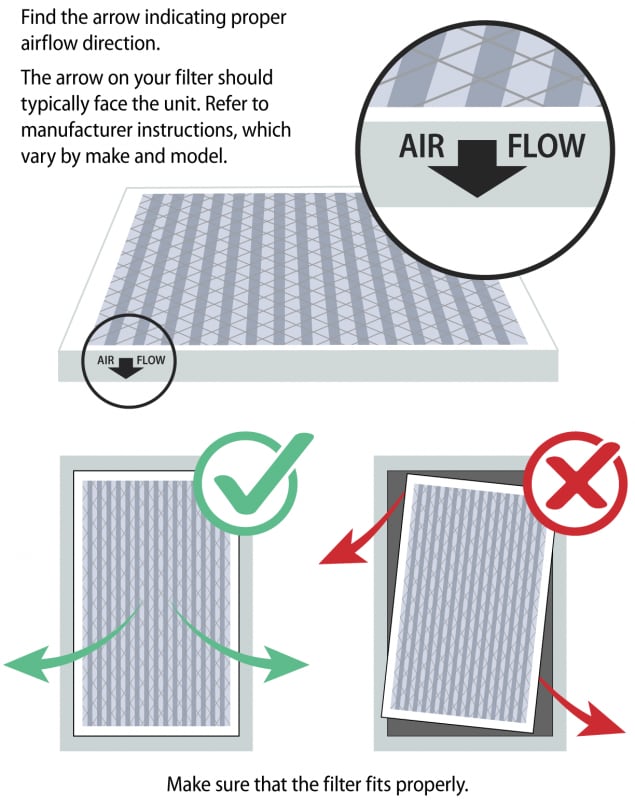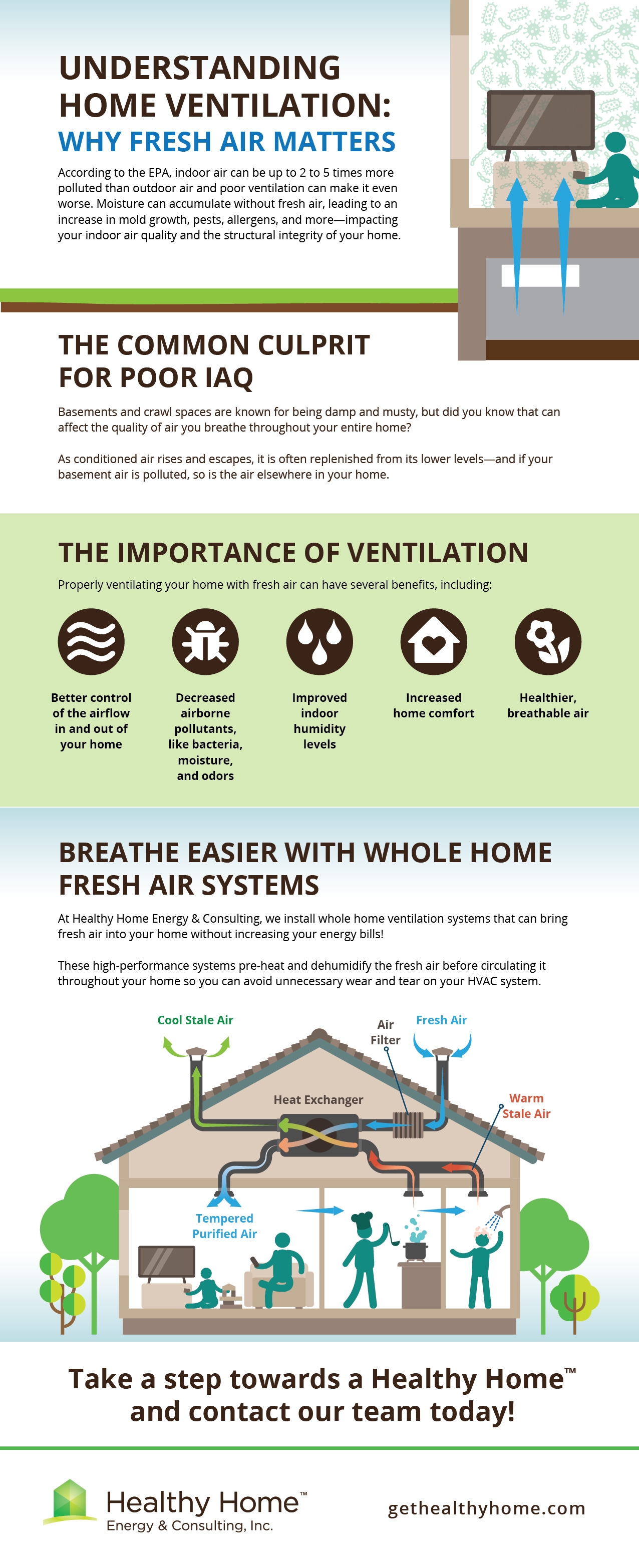Home Ventilation Melbourne Safety Tips for Cleaner Indoor Air
Comprehending the Importance of Home Ventilation for a Healthier Living Atmosphere
Home air flow plays a necessary role in maintaining a healthy and balanced living setting. It assists in the exchange of interior and outdoor air, which is very important for enhancing air high quality. Without appropriate ventilation, homes can become breeding premises for allergens and toxins. The repercussions of inadequate air circulation can be substantial. This brings up the inquiry of exactly how house owners can effectively carry out air flow strategies to secure their health and health. Recognizing these techniques is vital.

The Basics of Home Ventilation
Home air flow acts as an essential part of interior air quality and comfort. It includes the process of exchanging stagnant indoor air with fresh exterior air, thereby lowering moisture and regulating temperature. Correct ventilation systems can include natural techniques, such as open windows and vents, in addition to mechanical systems, such as exhaust followers and air exchangers. Effective home air flow helps prevent concerns like interior mold growth and the accumulation of hazardous particles. It also enhances total energy efficiency, as well-ventilated areas can keep comfortable temperatures with less reliance on home heating and cooling systems. Recognizing the basics of home ventilation is vital for house owners seeking to produce a much healthier living environment on their own and their family members.

Typical Resources of Indoor Air Contamination

Several might not realize it, interior air contamination can originate from different sources within a house. Common contributors include volatile natural substances (VOCs) produced from paints, solvents, and cleansing products. House appliances, such as gas ranges and fire places, can release damaging gases like carbon monoxide and nitrogen dioxide. Additionally, mold and mold thrive in moist areas, releasing spores that impact air quality. Pet dander, allergen, and plant pollen can build up inside, further exacerbating air pollution levels. Smoking inside generates harmful chemicals that linger airborne. Building materials, consisting of asbestos and formaldehyde, can off-gas dangerous compounds. Acknowledging these sources is essential for preserving a healthier interior atmosphere and advertising effective ventilation approaches.
Health Results of Poor Air Flow
Interior air pollution can have considerable health and wellness effects, particularly when ventilation is insufficient. Poor ventilation can result in the accumulation of unsafe contaminants, such as volatile natural compounds, mold and mildew, and particle matter. This accumulation might result in respiratory concerns, consisting of bronchial asthma, allergic reactions, and persistent obstructive lung disease. Individuals might experience signs and symptoms like frustrations, fatigue, and irritability of the eyes, nose, and throat. Vulnerable populaces, such as children and the senior, go to greater threat for severe wellness impacts. Long-lasting direct exposure to poorly ventilated atmospheres can likewise add to extra major conditions, consisting of heart diseases. Making certain appropriate air flow is necessary for keeping a healthy and balanced living setting and minimizing the risk of wellness difficulties connected with interior air pollution.
Effective Ventilation Approaches for Your Home
Proper air flow is crucial for keeping a healthy and balanced indoor setting, and carrying out effective strategies can significantly enhance air top quality. Property owners can begin by ensuring that exhaust fans are installed in bathroom and kitchens to eliminate excess dampness and odors. Opening up windows on a regular basis permits fresh air to circulate, specifically during light weather. Additionally, utilizing air purifiers with HEPA filters can assist over here record airborne toxins. For homes with heating and cooling down systems, maintaining HVAC systems and changing filters frequently is vital for peak performance. Including all-natural ventilation strategies, such as cross-ventilation, can also boost airflow. Ultimately, sealing any kind of leaks in windows and doors prevents unwanted drafts, which can interfere with controlled air flow, inevitably causing enhanced interior air top quality and comfort.
Preserving Ideal Air Top Quality Year-Round
To keep ideal air top quality year-round, house owners must adopt a proactive method to handling their interior atmosphere. Regularly keeping an eye on interior air quality is critical; this consists of monitoring for toxins such as dirt, mold and mildew, and unpredictable natural substances (VOCs) Applying efficient air flow systems, such as exhaust followers and air purifiers, can substantially lower airborne impurities. In addition, regular maintenance of a/c systems guarantees peak efficiency and air flow. House owners ought to also think about moisture degrees, as extreme moisture can lead to mold and mildew growth. Seasonal look here changes might require adjustments in air flow approaches to fit varying outdoor air top quality. By prioritizing these practices, homeowners can create a much healthier home, advertising general well-being for all occupants throughout the year.
Regularly Asked Concerns
Exactly How Can I Tell if My Home Requirements Better Ventilation?
To establish if a home calls for better air flow, one must observe indications such as persistent humidity, mold development, musty smells, condensation on windows, or raised allergy signs, showing poor air movement and potentially bad indoor air quality.
What Are the Indications of Poor Indoor Air Quality?

Can Houseplants Improve Indoor Air High Quality Properly?
The performance of houseplants in enhancing indoor air quality is debated. While some research studies recommend they can take in toxic substances and generate oxygen, their general impact Website might be minimal compared to appropriate air flow and air purification systems.
Just how Usually Should I Modification My Air Filters?
The frequency of air filter modifications commonly relies on usage and filter type. Usually, it is suggested to replace filters every 3 months, though households with allergies or animals might call for more constant changes for optimal performance.
Exist Any Kind Of Specific Ventilation Solutions for Allergy Sufferers?
Many ventilation systems, such as HEPA-filtered devices, effectively decrease allergens airborne. Home Ventilation Melbourne. These systems catch dirt, pollen, and family pet dander, giving allergy victims with a cleaner, much healthier interior setting while managing air quality successfully
It promotes the exchange of interior and exterior air, which is crucial for improving air top quality. Home ventilation offers as a necessary component of indoor air quality and comfort. It entails the process of exchanging stale indoor air with fresh exterior air, thereby reducing humidity and regulating temperature. Interior air pollution can have considerable health and wellness effects, especially when ventilation is inadequate. Proper ventilation is necessary for preserving a healthy indoor setting, and executing effective strategies can considerably enhance air high quality.